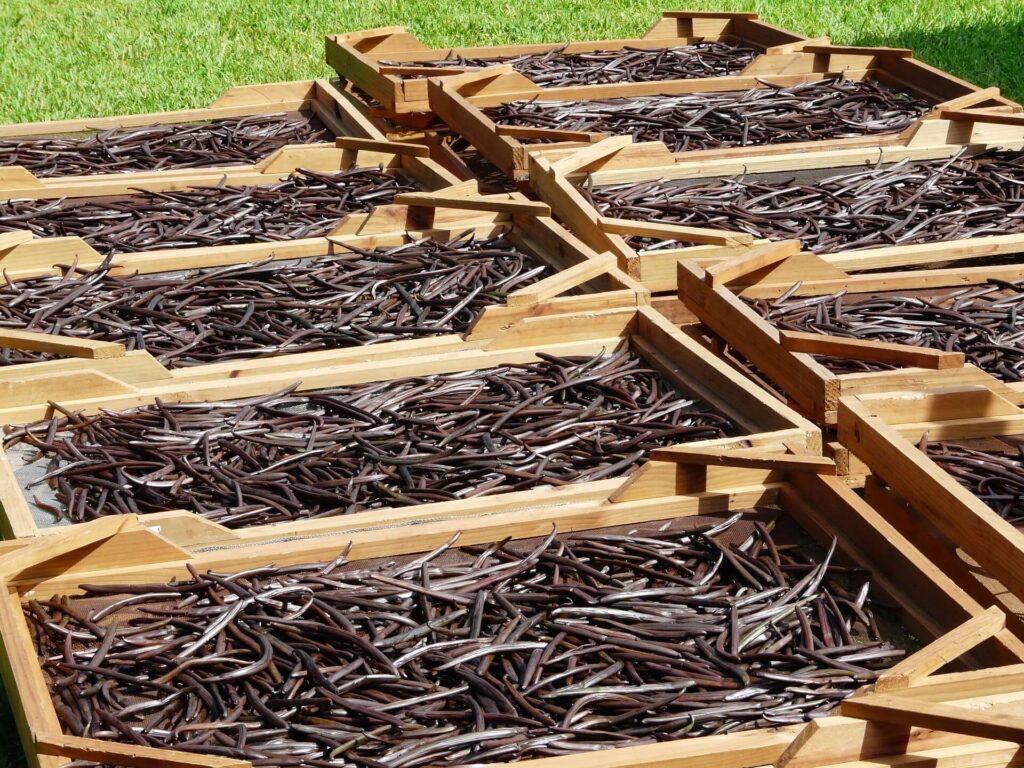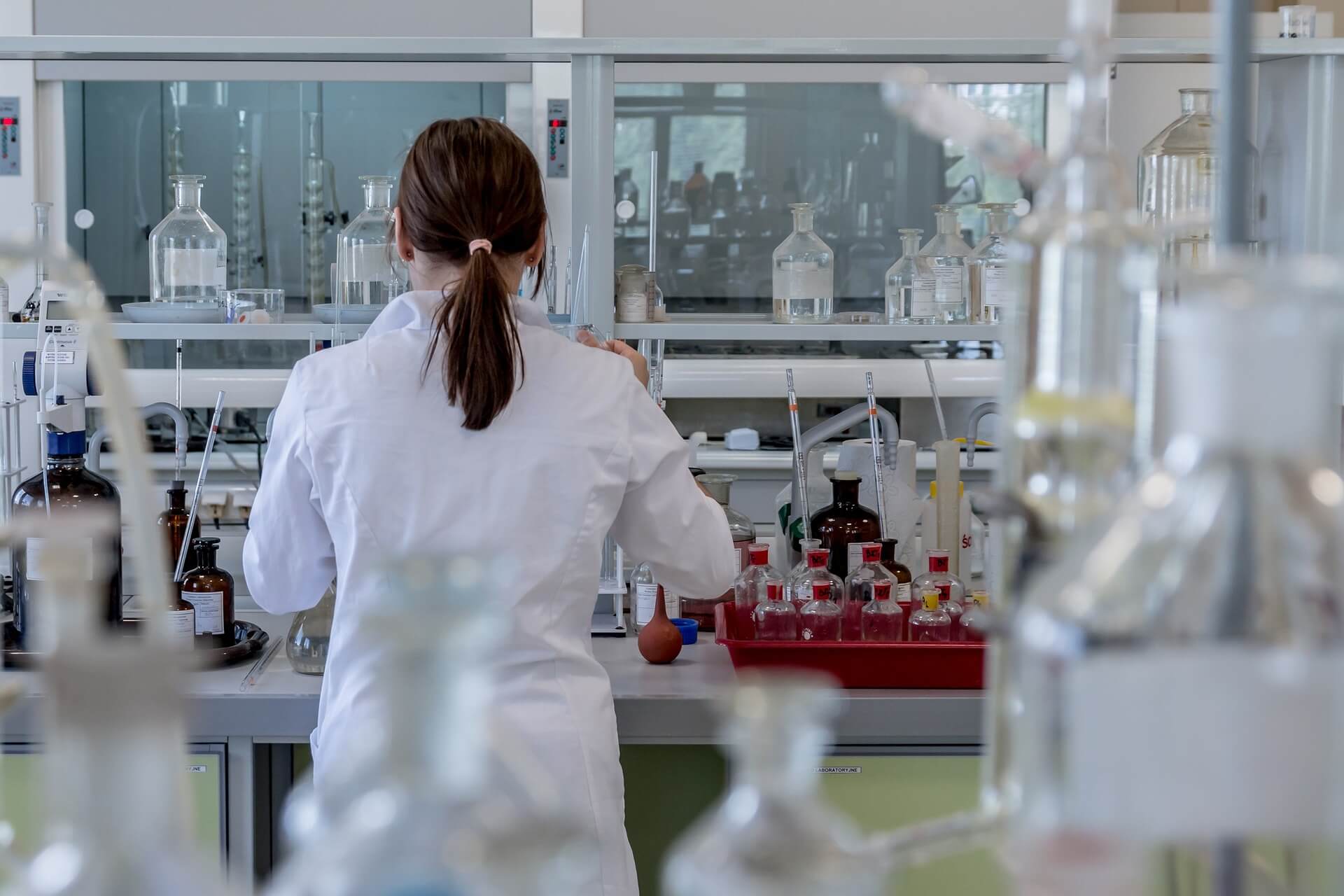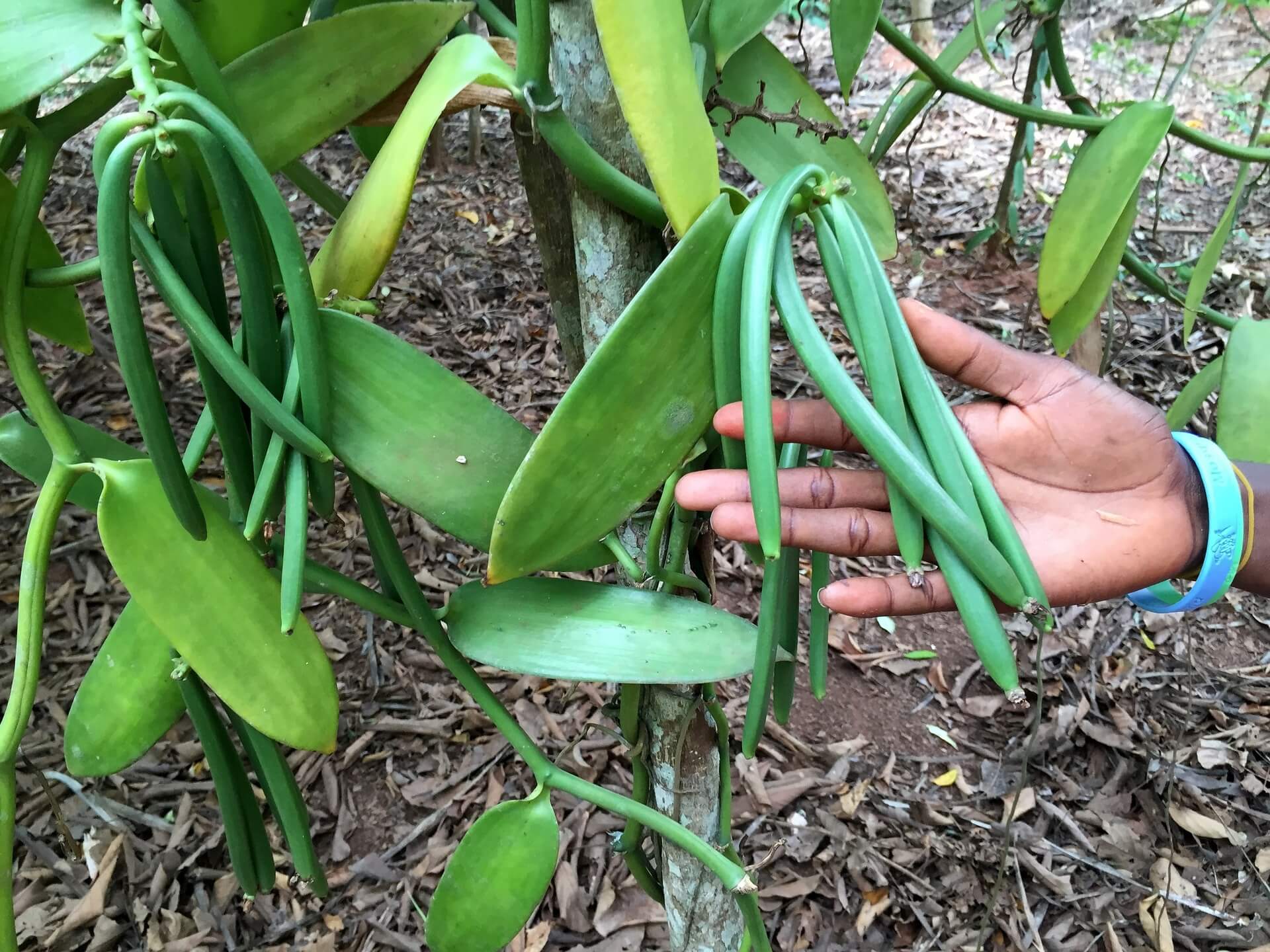
How Is Vanilla Extracted?: Traditional vs. Modern Techniques
True vanilla flavor hits your palate like sweet nectar – and if you are lucky enough to have enjoyed its authentic taste, you know there’s a difference between natural vanilla and a substitute. What can also distinguish natural vanilla as we know it is the extraction process itself. Although the differences in flavor can be subtle, the outcome and quality of your vanilla extract are closely tied to how it was created.
Modern vanilla extraction methods have expedited the traditional maceration method of soaking the vanilla beans in alcohol for several weeks or months. We’ll look at this conventional method and see how it differs from how vanilla is extracted in a more modern context.
Traditional Method: Maceration
Maceration is historically used to draw out the best flavors and aromas from carefully selected beans. Once the beans are selected, the flavor is extracted by soaking them in pure alcohol or an alcohol and water solvent. Look at one of the oldest vanilla extraction methods step-by-step and see how vanilla is extracted using precise selection and timing.
- The process begins by selecting only the very best-quality beans. They should be dark and rich in color and have an initial vanilla aroma when you smell them.
- Maceration requires releasing the compounds inside the bean to produce their ultimate burst of flavor. This can be done by splitting the beans down the middle to expose the seeds or by simply crushing the beans.
- Next, you need to prepare the solvent for soaking. Common alcohols for vanilla maceration include vodka, rum, or bourbon. Sometimes, the alcohol is combined with water to maintain an additional balance.
Modern extraction methods produce similar results but take less time and know-how. Vanilla is extracted using the traditional method as the flavor is released into the solvent over time, making the desired strength of vanilla flavor. It’s possible to differentiate the flavor potency by soaking the beans for different lengths. This can range from a few weeks to several months for the strongest, most premium flavor outcome. The traditional extraction method requires patience, good timing, and years of knowledge.
Other Modern Vanilla Extraction Methods
Vanilla production has become more industrialized, and there’s no doubt that demand for the extract has grown over the past century. As more consumers seek that perfect vanilla flavor, the need for faster modes of production has grown. Learning how vanilla is extracted in the industrial context is complex. Here are five more modern forms of production you may encounter in the vanilla extraction process.
1. Percolation
Percolation involves passing a solvent through tightly packed vanilla beans to obtain the desired scent and taste we all love and know. It works like a simple coffee press – here’s how. Vanilla is extracted using repetition as the solvent runs through the beans, extracting a bit more of the flavor each time. Percolation is a bit faster than maceration but produces similar outcomes, and this natural process can be automated and timed to get ideal results.
2. Carbon Dioxide Extraction
Compared to maceration and percolation, carbon dioxide extraction is one of the more modern methods involving placing carefully selected vanilla beans in a controlled extraction vessel and allowing liquid carbon dioxide to pass through them. The result is a clean, crisp vanilla flavor that compares to more traditional methods of how vanilla is extracted. Carbon dioxide extraction is a quick and safe extraction method.
3. Microwave-Assisted Extraction
When efficiency matters, microwave-assisted extraction has a special place in the manufacturing of vanilla extract. Microwave technology can heat the vanilla beans uniformly and release compounds quickly to produce a high-quality extract. Modern vanilla extraction methods require control over temperature and timing; microwave-assisted extraction is no exception. It requires controlled monitoring of power and energy to regulate how the vanilla is extracted – overprocessing can be a risk if the timing is not carefully managed.
4. Ultrasound-Assisted Extraction
This technology uses high-frequency sound waves to disrupt the cell walls of the vanilla bean and allow the vanilla flavor to drop into the solvent in a matter of minutes. The beans are placed in a vessel or beaker as the sound waves are applied. Continuous monitoring is essential as over-extraction can lead to undesirable flavors – however, when correctly timed, the result is of high quality.
5. Pulsed Electric Field Extraction:
A pulsed electric field system uses electrodes in a special chamber to extract compounds from vanilla. How it is extracted must be carefully monitored and controlled. It sounds more like a science experiment than an extraction method, but the result is high-quality and produces a great flavor under ideal conditions. Controlling the electric field strength is vital – electroporation is a quick way to produce industrial vanilla extract.
Traditional vs. Modern Techniques
When you find yourself shopping for a bottle of vanilla extract, be mindful that modern vanilla extraction methods produce similar results to the traditional maceration techniques used throughout history. If you prefer knowing how your vanilla is extracted, you should research on your own and delve a bit deeper into the world of vanilla production. You may prefer vanilla made naturally over a long period or opt for a similar version at a lower price point.
The ultimate choice is in the hands of the consumer, and demand for this sought-after extract isn’t likely to disappear soon.

